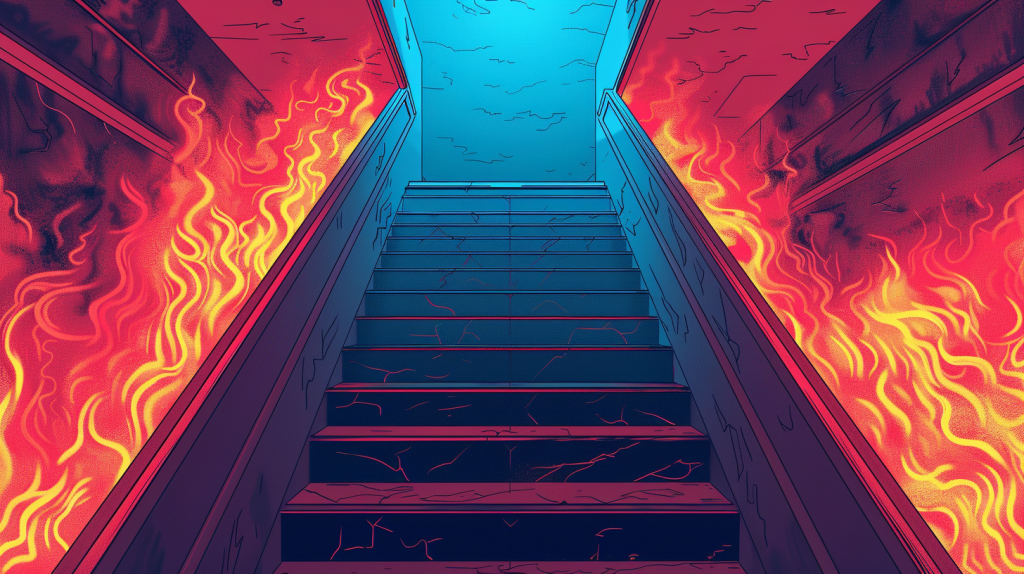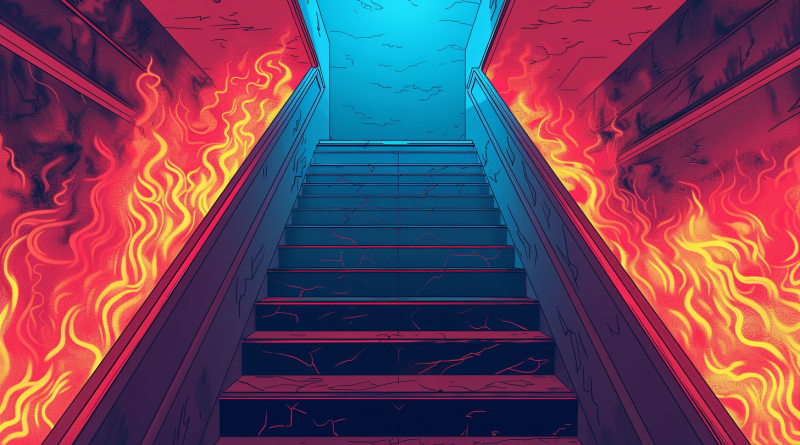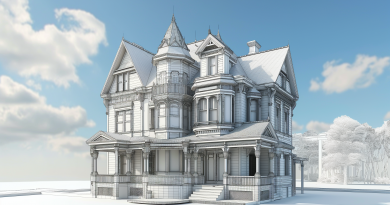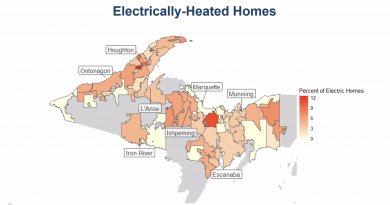Fire Code Reform, The Vital Housing Solution You’ve Never Heard Of
At YIMBYTown in Texas in February, I sat down in a group of people talking about a subject I can safely say I had never actually spent a single minute thinking about: the question of fire codes that prohibit buildings to be built with only one stairwell. Why, my conversation-mate (or lecturer, really) posited, are single-family houses allowed to be built with only one stairwell, but two-family buildings and larger are not? This conversation highlights the ways in which a lot of rules governing the built environment directly affect the markets in which the built environment exists, and ways in which pseudoscientific and undemocratic regulatory determinations can completely screw up the housing market.

A Brief History of Fire Code
Fire code is closely tied to electrical code, to the point that the National Electrical Code and the National Fire Protection Association are usually referred to interchangeably. The reasons for this are mostly historical: early electrification at the end of the 19th and early 20th centuries involved relatively primitive electronics without modern safety protections. As a result, fires were far more common as a product of electrical faults.
Today, electrical fires are common enough at a rate of a few hundred thousand each year in the United States. But electrical fires account for a minority of all residential fires– around 14%, compared to cooking fires, which account for the majority of fires. The rates of fires has also decreased in recent years, as virtually all homes in the United States these days are equipped with things like Arc Fault Circuit Interrupters and Thermal Magnetic Circuit Breakers, which shut down power when a circuit encounters a conduction fault (arc) or when the circuit is overloaded (the circuit breaker decouples the connection from an electromagnetic fault when the circuit exceeds its maximum capacity). Smoke alarms, of course, are also vital tools.
Wrote one commentator:
The model codes are written by self-nominated experts and special interests. The vast majority of participants are middle-aged educated white men from suburban communities. The process is organized and operates in a manner that favors the interests of insiders. Those unfamiliar with the process often find it opaque, confusing, frustrating, and undemocratic.
Interesting! Almost sounds like how zoning code is written. Or most regulations. Or, uh, most laws, come to think of it.
Lest we write him off as some hokey YIMBY goofball, the aforementioned commentator, one Mark Chubb, is a fire safety engineer based in Seattle. Someone who has spent his career studying city planning and fire safety probably knows a few things. But beyond the question of expertise is the question of implications or applicability. One session at YIMBYTown focused on a different but related issue around the question of fire separations. Some codes require fire separations that, some experts say, are wholly unnecessary while untenably driving up costs for the construction of especially small to mid-sized multifamily buildings. This again goes back to Mr. Chubb’s point about “middle-aged white men from suburban communities.” Those communities don’t have much in the way of multifamily, and those communities aggressively work to undermine efforts to make multifamily development easier. Coinkydink? Perhaps.
It’s not a conspiracy theory, I promise– just an observation.
Does It Matter?
Certainly, while safety is important, fire deaths aren’t really a thing in this country anymore. Put in perspective, there are about twenty times more people who die of drug overdoses in the United States each year than die in fires. This is not to say that one preventable death is any less tragic than another. But it does point us to another conclusion: that there are probably far more people who die each year from homelessness and housing insecurity than die each year in fires. One study from Belgium figured that tens of thousands of people were dying each year from causes that were indirectly or directly the product of housing insecurity. That’s huge. When you don’t have housing or are experiencing housing insecurity, you’re also more likely to be more susceptible to illness, food insecurity, or poor access to healthcare. The list goes on.
On top of that, there’s no evidence that the IAFC determination will actually save lives. Especially in buildings that do have proper egress. Or sprinklers. There are other critiques of how building code has evolved to support new technologies in ways that may in fact make buildings less safe in the case of fire. These should all certainly be examined. Stairwells, though? According to code reform advocates, double stairwells are not going to make us any safer. Going back to our historical example, one article traced some of these requirements back to the early 20th century, when building materials were quite different, building science was nonexistent, and fire protection was extremely limited (and fires, of course, were often quite destructive and lethal).
This is an important point in a discussion that is, by and large, off the radar of the average person. It’s one that we should all be thinking about, though, because the people who write these rules are directly responsible for why costs for housing are so high.




